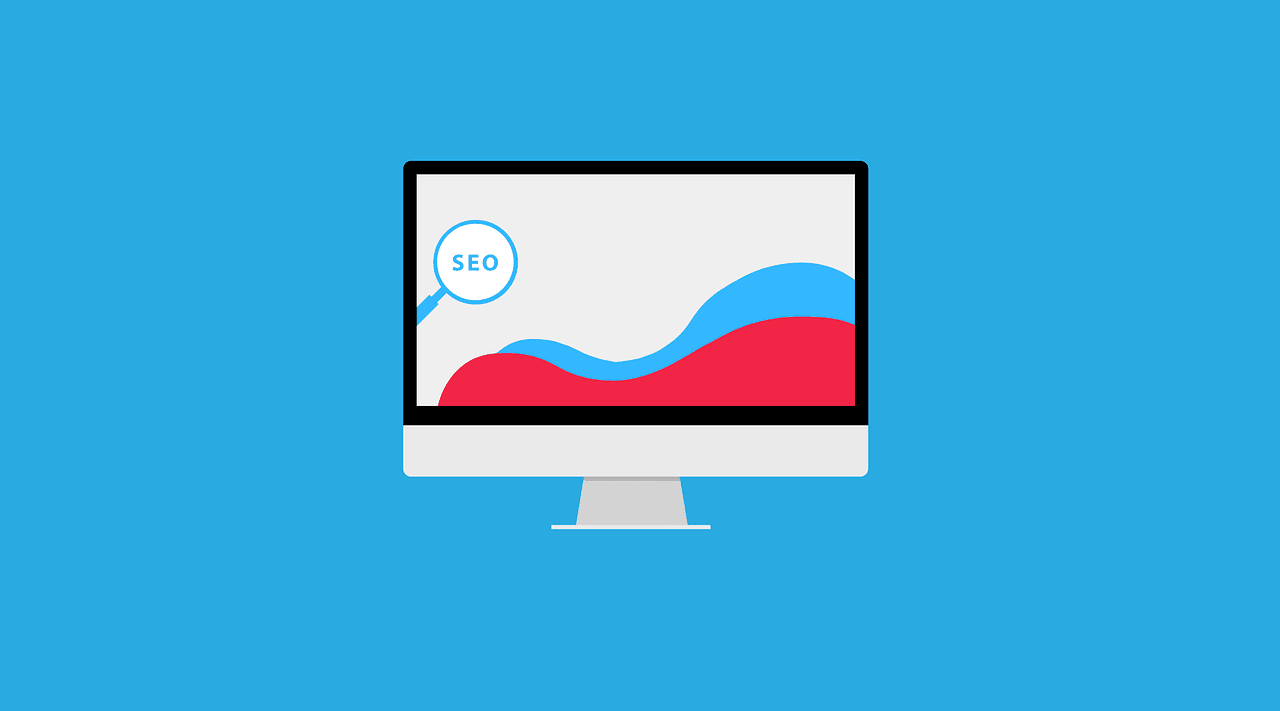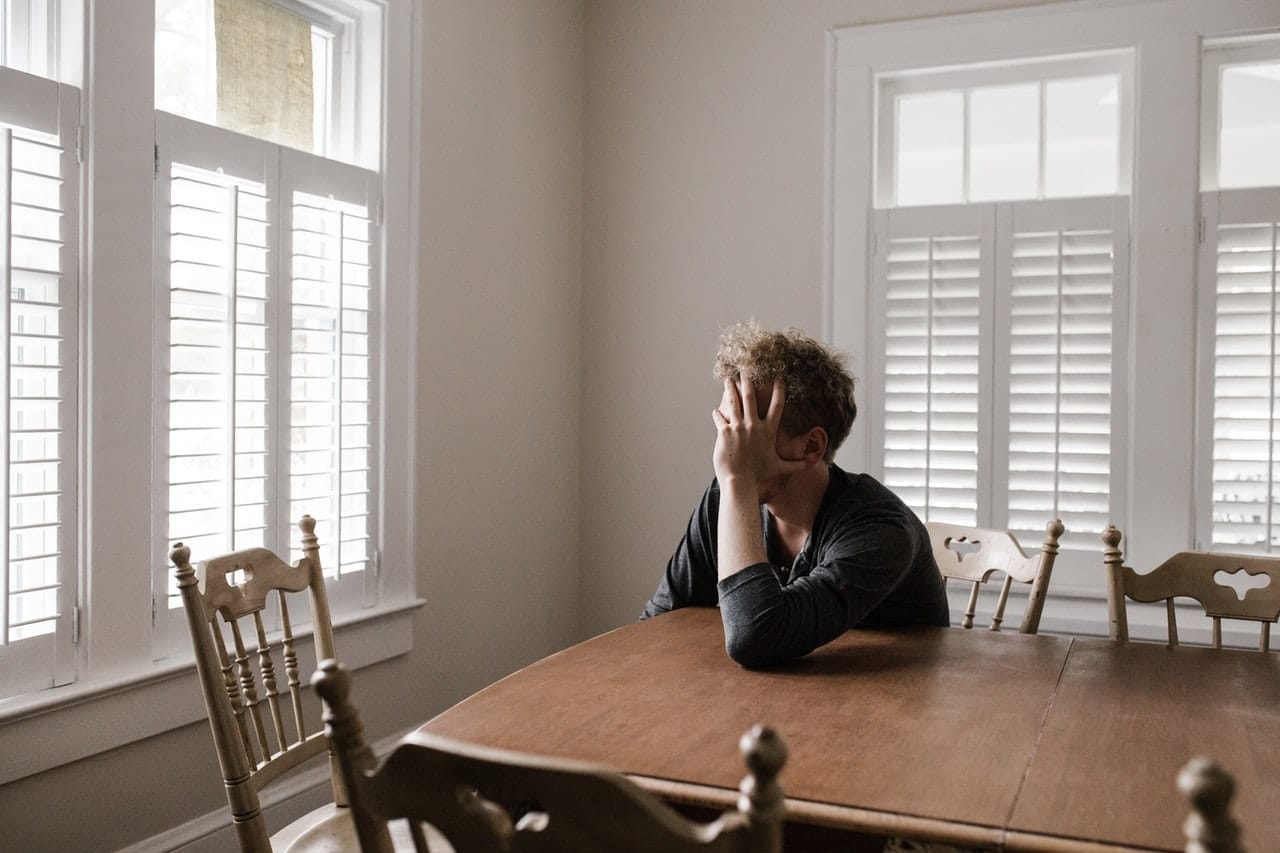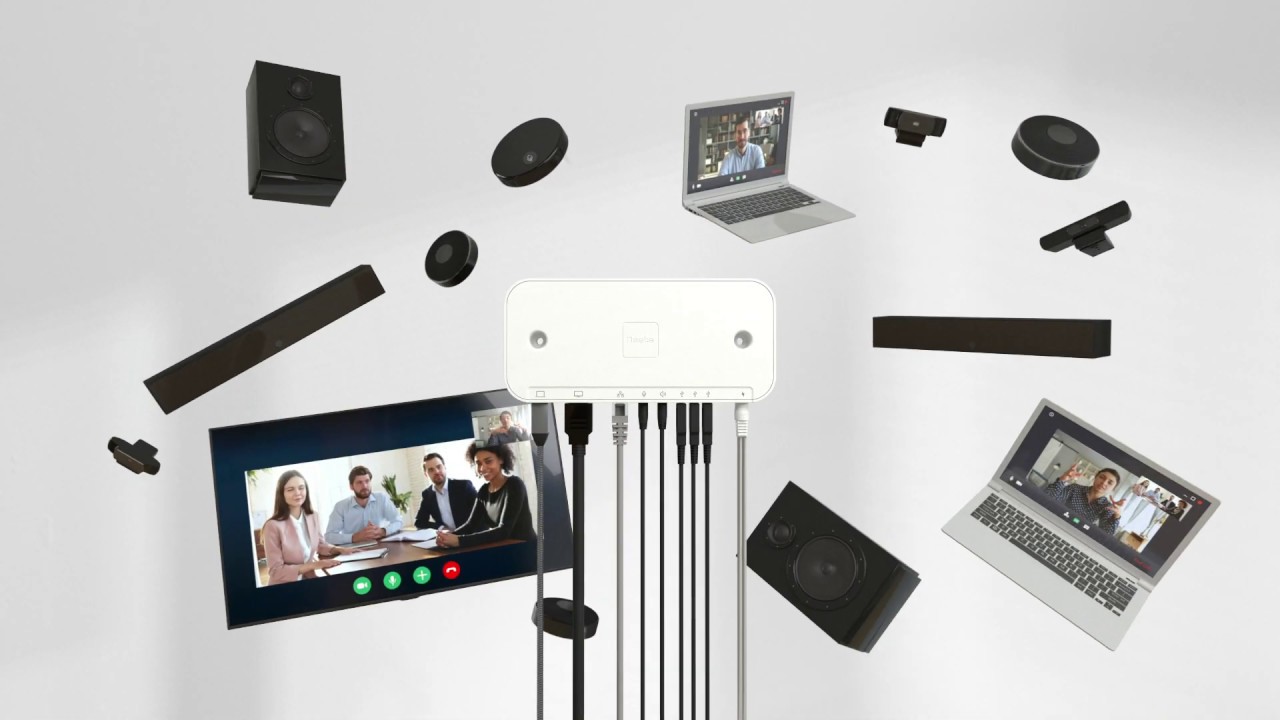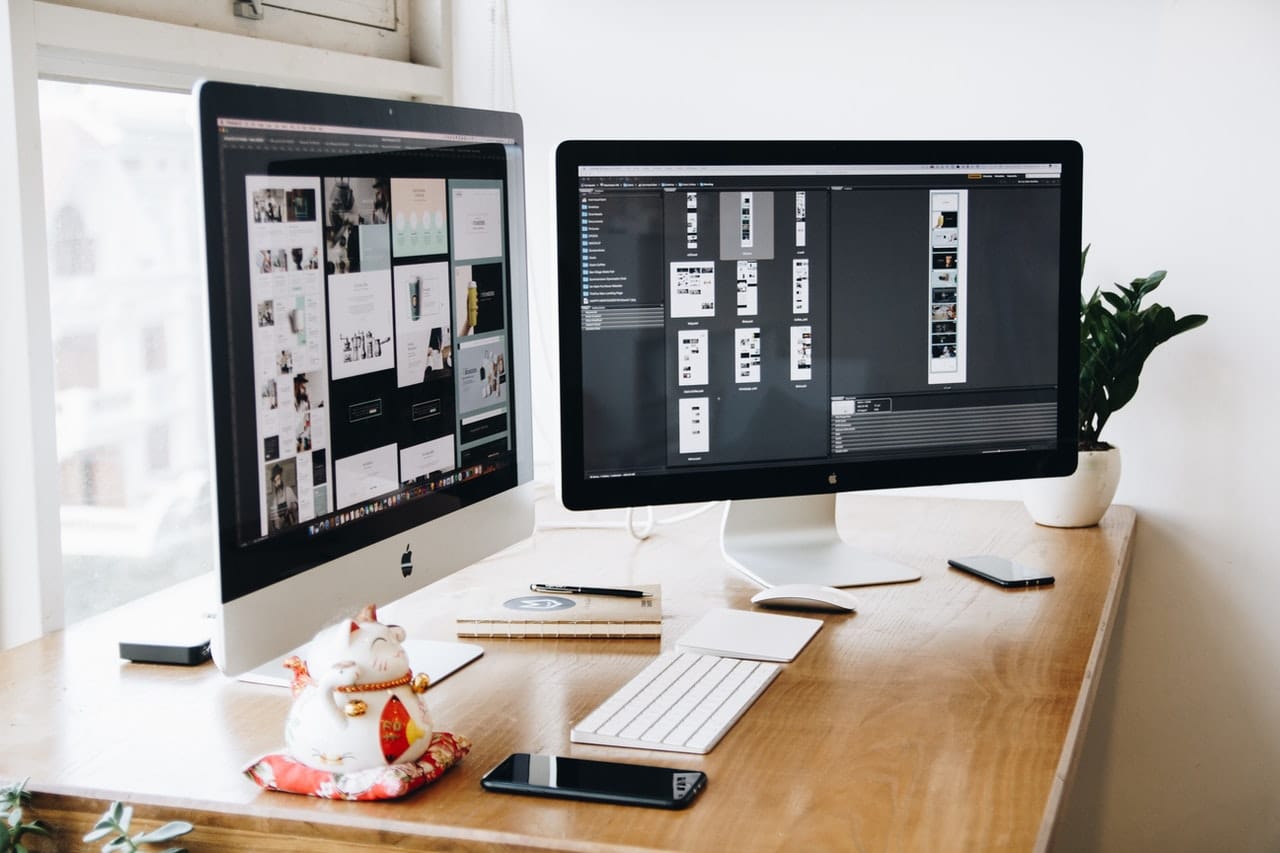Let’s start at the very basics of website building, the idea is to attract and educate. As simple as that. All else is consequential. As far as search engines are concerned, how easy it is for a user to navigate through a website to consume information is equally important. You would find a millions articles talking about how design feature into this. Let’s make it easier and find some of the tried and tested methods.
Don’t ignore the simple things
Here’s an example: Breadcrumbs. A lot of websites ignore this very important part of optimization. Mostly because their design couldn’t accommodate it. Of the top 10 things a search engine looks for, breadcrumbs take a spot. All because of the simple fact that it makes it easier for a user to find their way back! Don’t be tempted to make it a part of the banner image just to give it the appearance of existence. It needs to be alive. Make it clickable. All of it!
Speaking of finding ways, here’s another little thing that is oft ignored - the top navigation menu and all the sub-levels that need to be there. If you have a lot of information to share, you would be tempted to break them down to sub-pages after sub-pages, but bear in mind that the longer the path is, the farther it will go from the root domain. A page’s URL weighs in much and it negatively affects its authority if it gets too far away from the root domain. Please pay attention to link structures. Make them readable, relevant and resharable. Not everyone’s going to bitly your link. You’re worried about aesthetics, don’t ignore how a super lengthy URL would look to a user and to robots.
Think readability, think mobile-first
It is no news that everything is mobile-first today. Readability of content on mobile devices is crucial. A responsive design might help, but you need to also remember slow Internet. AMPs are in fact a big deal. A lecture on how is not needed relevant here. But the why, that deems a line - because at the end of it all, what you want is your content to be consumable. AMPs ensure that the message is passed on. It is the word that finally, truly matters. All rich visuals, the images and flash, they truly mean very little to our beloved crawlers. They’re to the point and they, at least till image reading AI gets as smart, like words better.

Speaking of visual content…
Let’s say you’ve built a site that look way better than Victoria’s Secret, but it’s all images, videos and flash. You certainly have impressed the odd direct traffic or a brand keyword search. But then again if you have people directly looking for you, you certainly don’t have to worry about optimization right?
Think again. Think more and look at all the famous brands, Victoria’s Secret for instance or even Amazon for crying out aloud - they optimize and they optimize good. They put the right amount of stress on text and all for the right reasons. While alt-texts make a good deal of difference, they can’t tell the whole story if all you have are visuals.
There are websites that ignore things like how machine-readable their site is. It truly makes a difference there. Man make machines and those men like things to be easy, hence the making of machines!* Strike the right balance. It’s simple - don’t lose out to your designers and developers. Make it the marketing thing it is and serve to your audience. In this case, machines before men.
Don’t make your site a heavy lifter
It doesn’t matter where your site sits, irrespective of how fast your audiences’ Internet is, your page load time matters a lot. True those banner loop videos look great, but the amount of space they take matter. Both to store and to stream.
Also, don’t make your site a Pandora Box. Don’t make your users search for content unless it’s only purpose is to sit there as a knowledge base. Even if it is, at least have the courtesy to add internal links. Wikipedia mastered. Certainly you can too. Make content available and discoverable.
So how do you make design work for search?
For starters, listen to your team or agency. Not all SEO companies just sit there and try to black-hat your way into ranking for a couple of weeks and say ta-ta! They don’t recommend changes because they just fancy them. They do for all the reasons above and more. Make design and dev integral part of your optimization exercises. If you are planning a redesign, factor it in. Listen to your team and plan right from the beginning. Especially during a re-design, make no mistake —search engines might just forget that you had all those great content if you don’t index them well, give them the right names, set the right 304s and one last time, make them all readable.
Finding yourself in struggling to rank after all the right efforts may very well mean that you didn’t listen to your team. You could stuff all the keywords or your could cry to literally your SEO company in Houston that you have a problem. It is not going to go away until you face the fact. Search engines like words better and they like them dictionary style. At least for now.
So to recap:
- Don’t compromise on the small things because design demands. Don’t ignore breadcrumbs, focus on content readability
- Responsive site is good. A responsive site with much readable content is better. AMPs are just great!
- Alt-texts are great, but are limited. Have enough for the machines to read and decipher. A picture speaks a thousand words to humans. Machines find them inadequate.
- Keep your site light. Load time if often impacted by heavy design and unfortunately, a heavy Monalisa will never sell on the Internet.
- Most important of all - listen to your SEO team.
*Not a gender thing. I myself am a staunch feminist :)









